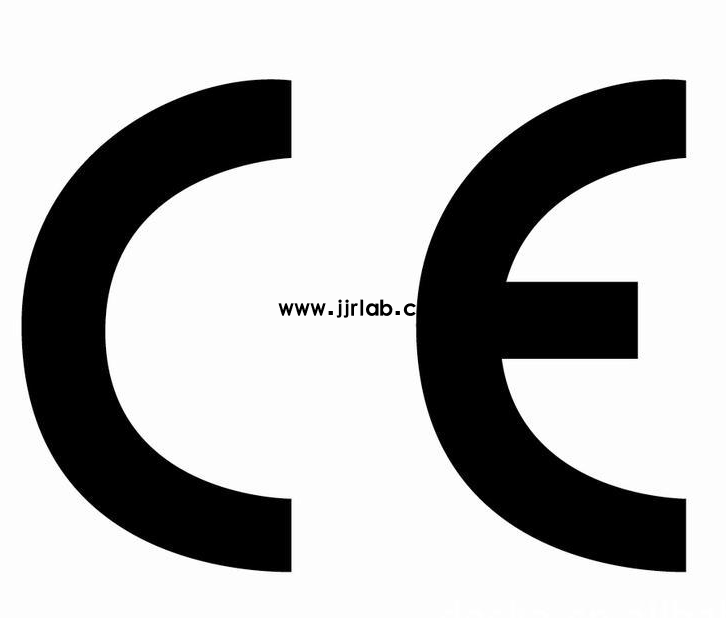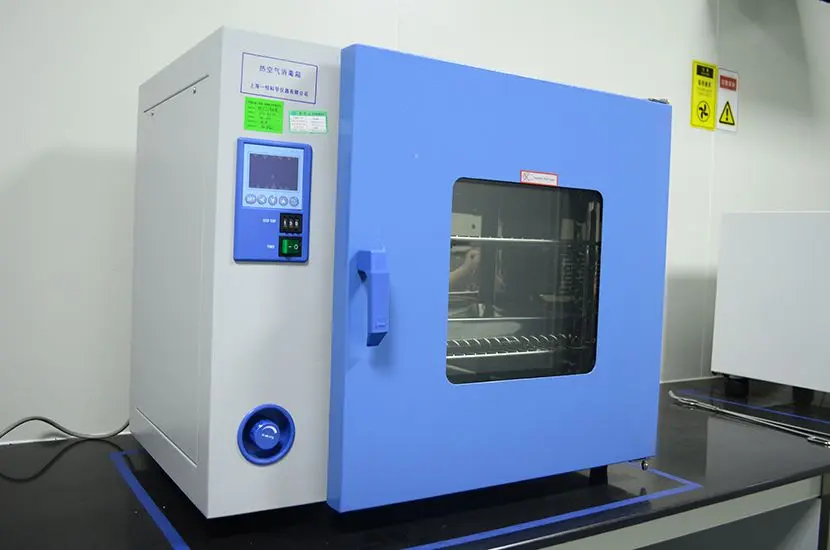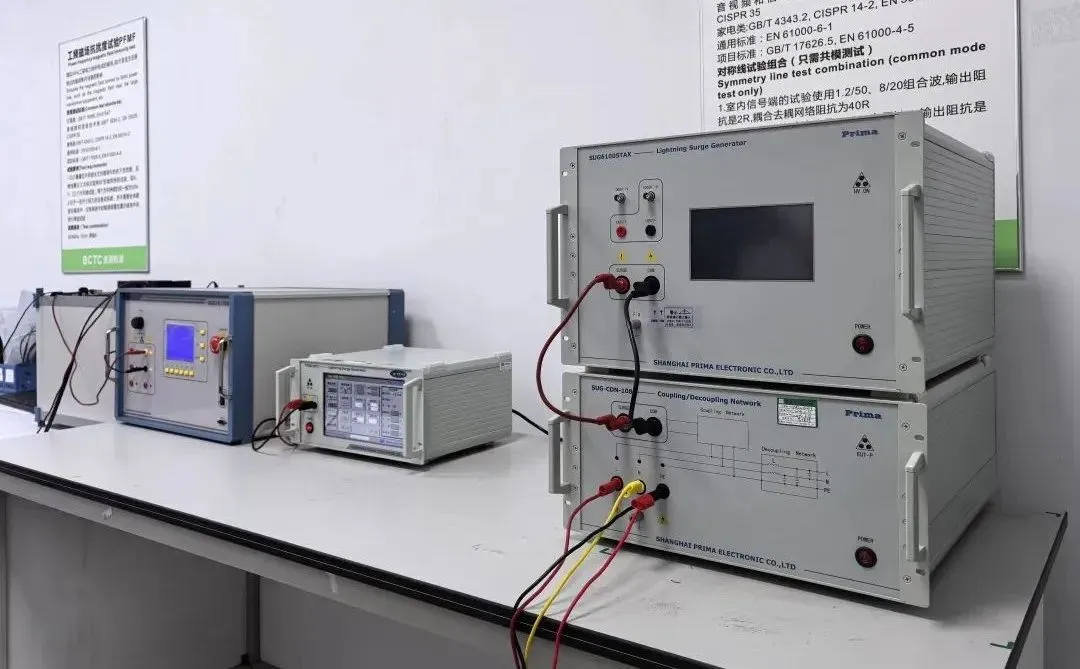
Children's Bathtub CE Certification EN17072 Testing
Children's bathtubs can be standalone products or used in combination with stands. The bathtubs may be foldable or consist of foldable or adjustable integrated components. The stand provides a static structure, separate from the bathtub, designed to accommodate, support, and elevate the bathtub. Stands can either be independent or designed for installation over adULt bathtubs.
The scope of EN17072 testing includes children's bathtubs, stands, and non-independent bathing aids. The EN17072 standard specifies safety requirements and testing methods for children's bathtubs and stands, as well as for non-independent bathing aids intended to be used solely with children's bathtubs. This document does not cover bathtubs, stands, and bathing aids specifically designed for children with special needs.
Scope of EN17072 Testing
1. Independent bathing aids: Included in EN17072 testing.
2. Multi-functional products: Products with multiple functionalities or convertible to another function must comply with relevant standards.
3. Material migration and testing: Includes testing for certain elements using standards like EN ISO 291 (Plastics — Standard atmospheres for conditioning and testing) and ISO 7619-1 (Determination of indentation hardness of vulcanized or thermoplastic rubbers).
Children's Bathtub Testing Standards
1. EN17072: Safety standards for independent bathing aids.
2. IEC60335-2-60:2023: Safety standards for electrically poweRED indoor whirlpool bathtubs and similar whirlpool spa pools for household use.
3. Material Testing for 19 Heavy Metals: EN17072 includes testing for the following heavy metals in the materials of baby bathtubs:
- Aluminum, Antimony, Arsenic, Barium, Boron, Cadmium, Chromium (III), Chromium (VI), Cobalt, Copper, Lead, Manganese, Mercury, Nickel, Selenium, Strontium, Tin, Organic Tin, Zinc.
EN17072 Certification Process
1. Complete the application form.
2. Provide product documentation.
3. Submit product samples.
4. Testing by an accredited 17025 laboratory (e.g., JJR Laboratory).
5. Testing completed and issuance of the test report.
Email:hello@jjrlab.com
Write your message here and send it to us
 European Authorized Representative for Medical Dev
European Authorized Representative for Medical Dev
 Low Voltage Testing Services
Low Voltage Testing Services
 Constructive Playthings Foam Block Toys Safety Sta
Constructive Playthings Foam Block Toys Safety Sta
 Prop 65 Textile Testing
Prop 65 Textile Testing
 Environmental Testing for Electronic Products
Environmental Testing for Electronic Products
 Food Packaging Testing Laboratories
Food Packaging Testing Laboratories
 What is CE Certification for Electrical Equipment?
What is CE Certification for Electrical Equipment?
 Requirements for EAC Declaration of Conformity (Do
Requirements for EAC Declaration of Conformity (Do
Leave us a message
24-hour online customer service at any time to respond, so that you worry!




